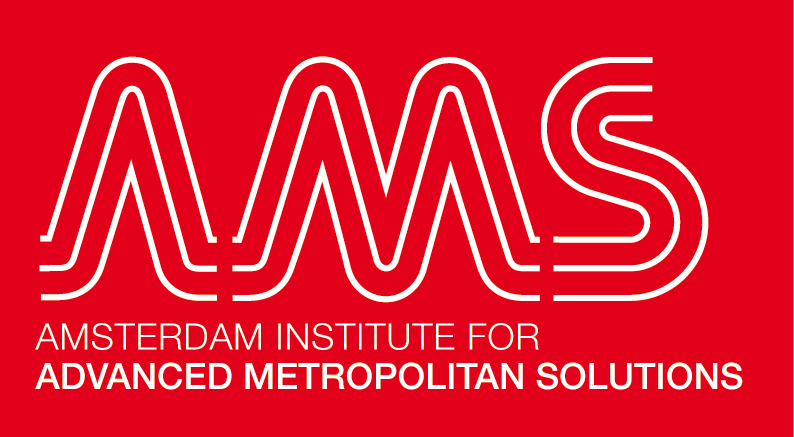
AMS Institute and Delft University of Technology jointly developed the core of the CM-DSS in collaboration with the city of Amsterdam. The public-private institute AMS Institute is situated at the nexus between industry, government and academia, catalyses the development of sustainable solutions for the challenges posed by the rapidly urbanizing world and actively tests these solutions in the city of Amsterdam.

Over the course of five years, the Delft University of Technology acquired worldwide unique specialist expertise featuring pedestrian sensing techniques, crowd state-estimation algorithms, the interpretation of crowd monitoring systems and the needs of professionals who are managing crowded pedestrian spaces.
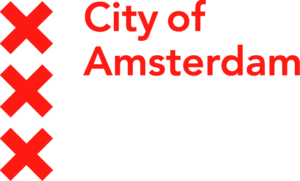
For the City of Amsterdam the innovation of urban mobility is an important principle they hold dear. Ever since SAIl 2015, the City of Amsterdam has provided worldwide unique and very valuable access to its public space to develop, test and upgrade the CM-DSS. As part of this process, the mobility experts of the City of Amsterdam, its law & order officers and the Amsterdam police have been collaborating fully with DUT and AMS to learn and adopt the CM-DSS into their organization. As such, this municipality is on the European and worldwide frontier with respect to the usage of monitoring data in their daily crowd management operation, in strategic urban planning processes, and the development of privacy regulation and protocols to protect the right to privacy of its citizens.
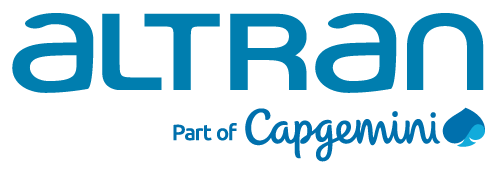
ALTRAN, part of Capgemini, is the world leader in engineering and R&D services. Altran offers its clients a unique value proposition to meet their transformation and innovation challenges. Altran supports its clients, from concept to industrialization, to develop the products and services of tomorrow and has been working for more than 35 years with major players in many sectors. The company has expertise, amongst others, in transportation and telecommunications. In Italy, ALTRAN has developed advanced expertise considering 5G technology, IoT and the deployment of new technologies in complex environments, such as public spaces. As CityFlows partner ALTRAN will develop the CM-DSS’s capability to communicate with 5G wireless devices and IoT systems.

Universitat Politècnica de Catalunya – BarcelonaTech (UPC) has been working on the macroscopic modelling of pedestrian flows, which enables users to model flows and walking velocities in a range of scenarios and configurations of the crowd dynamics in the living labs. This software will be used to simulate and feed the CM-DSS’s scenario-based controller. Moreover, UPC has been developing tracking sensors for various applications.
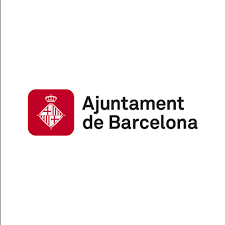
City of Barcelona, the leader of the MOBILus consortium, has been leading the way in regards to the smart city revolution. This city is unique considering its adaptation of disruptive technologies, such as 5G, in a way that its operation directly benefits society, which is exemplified by their dynamic management of L’Eixample and El Carmel. With respect to the management of tourism in the city centre and especially the Sagrada Familia, steps remain to be taken.
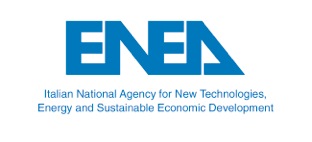
ENEA, Italian National Agency for New Technologies, Energy and Sustainable Economic Development, is the second-largest public Research Institute in Italy, consisting of about 2’700 staff members working in 13 research centres distributed all over Italy. With a proven track record in leading and participating in national and international projects and a significant capability in knowledge and technology transfer, ENEA performs research activities and provides agency services in support to public administrations, public and private enterprises, and citizens. Recent outcomes of ENEA research include new methods and innovative tools in the fields of Sustainable Mobility and Safety & Security. Specifically, the agency has grown expertise that ranges from the planning, management and control operations of transport systems to the microscopic modelling and simulation of pedestrian flows dynamics.
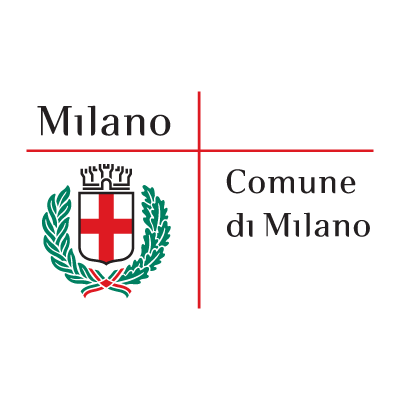
The City of Milan, the second-most populated Italian city, has identified four mobility strategies for the future in their Sustainable Urban Mobility Plan (SUMP), one of which is ‘urban space as a common good’. As part of CityFlows, the City of Milan has set itself as a goal to ensure proper safety levels for pedestrians and increase the modal share of public transit, which requires high pedestrian service levels at Milan’s city streets and high accessibility of pedestrian spaces and transfer hubs. The City of Milan will bring together all stakeholders of the Milan living lab and support the installation of the fourth living lab.
